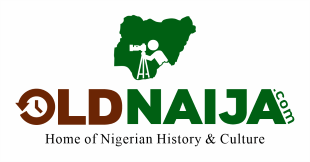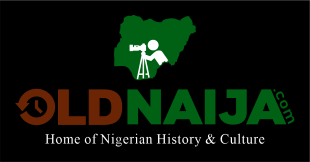The National Council of Nigeria And The Cameroons (NCNC)

The National Council of Nigeria and the Cameroons (NCNC) was a political party formed in 1944 by Herbert Macaulay and Nnamdi Azikiwe. The first president of NCNC was Herbert Macaulay and the first general secretary was Dr. Nnamdi Azikiwe.
History of NCNC
After the death of Herbert Macaulay, Azikiwe became the president and when Southern Cameroun left Nigeria in August 1944, the NCNC changed its name to the National Council for Nigerian Citizens.
This party was seen by some scholars as a truly national party because it embraced different sets of groups from the religious, to tribal and to trade groups with the exception of a few notable ones such as the Egbe Omo Oduduwa and early on the Nigerian Union of Teachers.
On the other hand, the NCNC was regarded critically by other Nigerian groups for its affinity with Igbo interests, particularly by the Yoruba Action Group (AG) founded in 1951 and the Northern People’s Congress led by Ahmadu Bello.
Aims and Objectives of the NCNC
1. Political reforms: To arouse mass interest and obtain overwhelming national support for political reforms.
2. Political education: To achieve political independence by giving political education to the people of Nigeria.
3. To provide the members with a medium of expression: In order to secure political freedom. economic security, social equality and religious tolerance a good medium of expression had to be introduced.
4. The British mandate: To advance the interests of the people of Nigeria and the Cameroons under the British mandate.
5. To organise and collaborate effectively: The NCNC objective was to organize and collaborate with all its branches throughout the country.
6. To extend democratic principles: Another important aim was to extend democratic principles to the people of Nigeria.
The Contributions of the NCNC
1. The struggle for self-government: The party encouraged the unity of Nigerians and was foremost in the Struggle for self-government in Nigeria.
2. Political rights: It educated Nigerians on their political rights.
3. Publications: It introduced and published the West African Pilot which served as a powerful platform for opposing colonial rule.
4. Nationalist opposition: The party was the brain behind nationalists opposition to the 1946 Richards Constitution.
5. Constitutional conferences: It took part in most of the constitutional conferences, e.g. the 1953 London constitutional conference.
6. Sending of delegates to London: The party was instrumental to the sending of delegates to London to protest the 1946 Constitution.

7. Governance of Eastern Nigeria: The NCNC controlled the government of Eastern Nigeria in the First Republic (1963-1966)
8. Formation of a coalition government: NCNC as a party formed a coalition government with the Northern People’s Congress between 1960 and 1966.
9. Creation of Mid-Western Region: The NCNC worked in agreement with NPC in creating Mid-Western Region out if the then Western Region in 1963.
Development of the National Council of Nigerian and the Cameroons (NCNC)
1. Split: The first development was as a result of the split in the Nigerian Youth Movement (N. Y. M) over-representation of the party in the vacant legislative council seat in 1941.
2. Tribal sentiments: The lbo Union in Lagos prevailed on Nnamdi Azikiwe to form a new party and this was what led to the formation of NCNC.
3. The leadership of the NCNC: Nnamdi Azikiwe took over the leadership of NCNC as a result of the death of Herbert Macaulay in 1946.
4. Reactivation of the party: Reactivation of the party was a bold step taken by Nnamdi Azikiwe to make the party more effective.
5. Membership: NCNC was formed in 1944, and was seen as having a national base as its membership spread all over the country, irrespective of tribe and religion.
6. National and international involvement: The party was outspoken on national and international (African) issues, for example, the 19945 workers strike. The party was represented at different constitutional conferences, e.g. the 1953 London Constitutional Conference. The leadership of Nnamdi Azikiwe attracted more support from the Eastern Region of Nigeria where it formed the government. There was an official opposition in the West which was in coalition with NPC in the federal legislature.
7. Change of name: The name of the party was changed from National Council of Nigeria and the Cameroons to the National Council of Nigerian Citizens when Cameroon ceased to be part of Nigeria.
8. NCNC as a party: Even as a party, NCNC was a part of the United Progressive Grand Alliance (UPGA) in 1964.
9. Decline: The party started to decline from 1964, after the general elections and ceased to exist when the military came into power on January 15 1966.
Thanks for reading, OldNaija.com
Now, you should be able to answer questions such as: Who is the founder of NCNC? When was the National Council of Nigeria And The Cameroons formed? When did NCNC change its name? And so on.
Thanks for reading, OldNaija.com
References:
- Teslim Opemipo Omipidan. Development of Political Parties in Nigeria. OldNaija.
- C.C. Dibie. Essential Government Testbook. Tonad Publishers
- The National Council of Nigerian Citizens – Harvard University’s Journal
Questions? Advert? Click here to mail us or click here to call us.












2 Comments